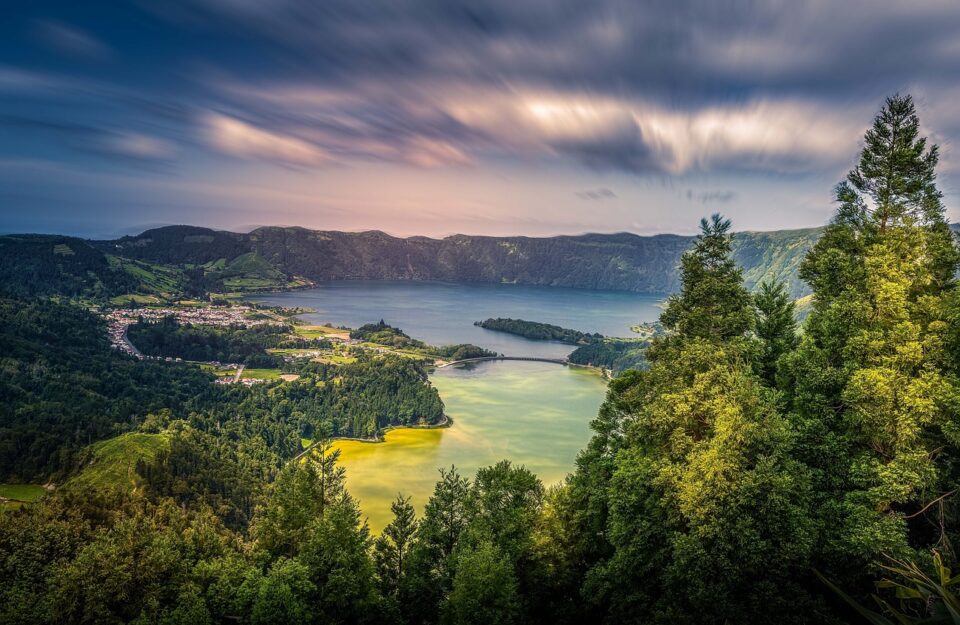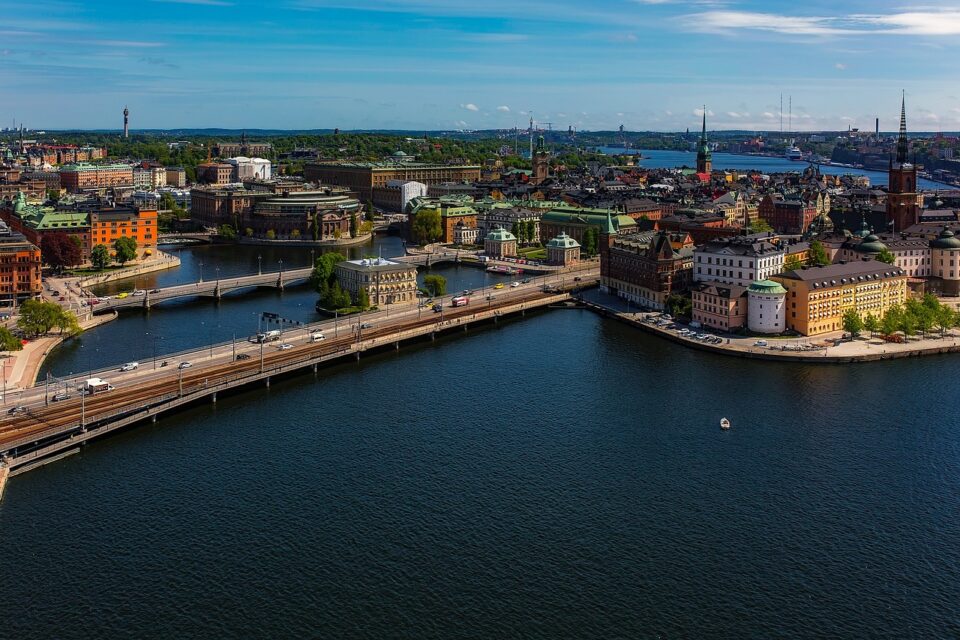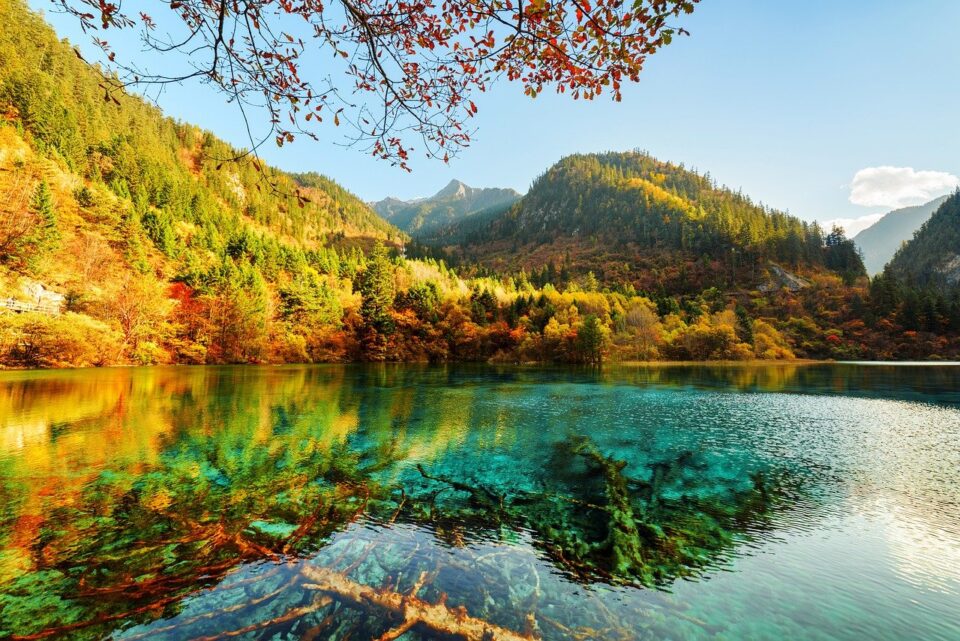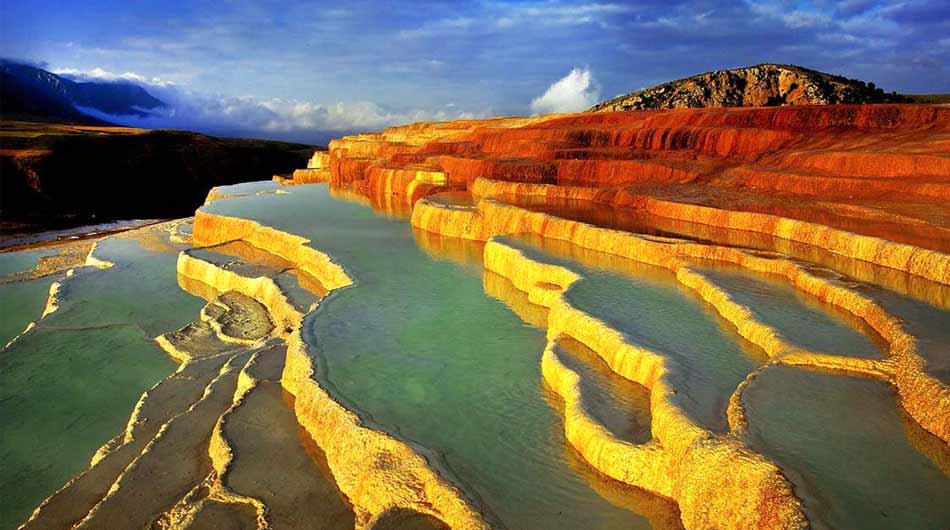The Day of the Dead (Día de los Muertos) is a vibrant Mexican holiday that honors and celebrates deceased loved ones. It takes place annually on November 1st (All Saints’ Day) and November 2nd (All Souls’ Day). Though rooted in pre-Hispanic traditions, the holiday blends Indigenous beliefs with Catholicism, brought to Mexico by the Spanish.
Key Elements of the Celebration:
- Altars (Ofrendas): Families create elaborate altars at home or in cemeteries, adorned with photos of the deceased, candles, marigold flowers (cempasúchil), food, and personal items. Offerings include traditional foods like pan de muerto (bread of the dead), sugar skulls, and beverages like tequila or atole.
- Marigolds (Cempasúchil): These bright orange flowers are believed to guide spirits back to the world of the living with their scent and vibrant color.
- Skulls (Calaveras): Skulls, particularly colorful sugar skulls, are a common symbol of the holiday, representing both life and death. People also paint their faces as skulls, often in intricate designs.
- Catrina: La Catrina, a skeleton figure dressed in elegant clothing, has become a popular symbol of the holiday, representing a satirical take on death and the living.
- Candles: Lit candles are used to help guide spirits back home and provide light along the path.
- Celebrations in Cemeteries: Families often gather at cemeteries to clean and decorate graves. They spend time with their deceased loved ones, sharing stories, singing, and sometimes even staying overnight.
The Day of the Dead is a joyous, colorful occasion that recognizes death as a natural part of life, allowing people to connect with their ancestors in a spirit of love and remembrance.
Book your flight today and celebrate the Day of the Dead in Mexico with Jets4You!





